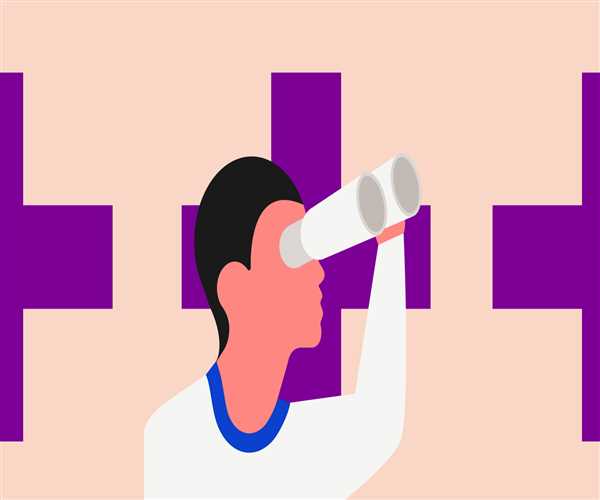Search here

14-May-2024 , Updated on 5/14/2024 10:24:04 PM
What are the future trends in diagnostics?
As the foundation of the existing healthcare system, diagnostics are essential to patient care in this ever-evolving healthcare landscape. Disease detection, treatment follow-up, and treatment efficacy evaluation all stem from diagnostics. In the coming future, the diagnostics of disease will embrace more
modern technologies. The new technologies are already transforming the way healthcare is provided. We will now examine the key trends that will shape the upcoming diagnostics generation.
1. Digital Transformation:
The combination of digital technologies with diagnostic tests is a critical step for the healthcare sector. The diagnostics can be better through the use of digital platforms, the barriers for testing will be removed, and the testing will be brought to the patients' fingers. Point-of-care testing and the coming of at-home diagnostic solutions are the paradigm shift that is changing the way people are diagnosed, which are giving us the convenience, the speed, and the accessibility. The digitalization optimizes the testing processes, so that the data can be stored safely and easily accessed by healthcare providers.
2. Making Use of Genetic Knowledge
Given that they offer insight into a person's genetic susceptibility to certain diseases, personal and predictive genetics are bringing in a new era of diagnostics. These tests can forecast future health concerns by looking at genetic markers, which enables the taking of the appropriate precautions to keep such risks at bay. Predictive genetic testing' ability to improve people's lives is a tremendous accomplishment that will support the development of individualized healthcare interventions and preventative measures.
3. Monitoring in Real Time:
Very modern wearable biosensors with built-in technology enable real-time health monitoring. These devices, which range from wearables to implanted sensors, collect a lot of physical data that reveals a patient's condition. If we compare that with old techniques, we will understand that these real time diagnostics are much more effective. It is because the modern devices help in identifying the disease or problems quicker and doctors can take immediate action based on that.
4. Empowering Clinical Decision-Making:
Clinical decision support solutions turn out to be the most excellent tools for healthcare providers, who are looking for the right direction in the sea of diagnostic data. These tools process the complicated data; thus, they give individualized suggestions for disease diagnosis and treatment. The decision-making powers are increased by the clinical decision support solutions; thus, the patient care pathways are optimized, which in turn leads to the improved outcomes.
5. Data-Driven Optimization:
Analytics data is the key factor in the improvement of the diagnostic procedures in the healthcare establishments. Through the use of data, laboratories can discover the inefficiencies, reduce the unnecessary tests, and increase the overall efficiency of operations. Analytical systems make labs to produce quality testing services that give value and at the same time, it helps to optimize resources.
6. AI Revolution in Imaging:
The use of AI in medical imaging is likely to transform healthcare as it will be able to support the doctors in giving the diagnosis. The AI-based systems of the future will analyze medical images with the accuracy that is compared to the humans. AI into the diagnostic workflow is going to be a game-changer since it will be able to increase the diagnostic accuracy and at the same will speed up the patient care.
Overcoming Barriers:
However, there are still some major problems that may hinder the implementation of digital diagnostics, which is a real threat for the future. The issues of data privacy, the changing role of doctors in a digital era, and the phony of "solutionism" make it necessary to tread carefully. Nevertheless, the advantages of accepting digital trends in the diagnostics are obvious. The obstacles that different parties face in imposing their restrictions and regulations are surmounted together by stakeholders, thus creating a new era of healthcare delivery.
Future Outlook:
The healthcare industry is being revolutionized by the new technologies and thus the diagnostics industry is likely to undergo a major change. The merging of digital technologies, genetic findings, and sophisticated analytics are going to be the basis of the new diagnostic approaches. The collaboration between healthcare and technology firms will be very critical in the emergence of the innovation and the creation of the clinical pathways of the future. The 4P approach to healthcare, which includes predictive, preventative, personalized, and participatory (4P) methods, is the one that will bring about the much-needed higher health results and sustainable health care systems.
To sum up, the diagnostic of tomorrow is going to be a positive development, driven by the continuous technological and innovative advancement. Through the acceptance of digitalization, the use of genetic information and the application of the modern analytics, diagnostics will become more and more an essential part of patient-centered care in the future. In the face of the future's healthcare challenges, the possible diagnostics sector assures us of the better health conditions and the patient satisfaction.

Student
An MBA in finance imparts and improves management aptitude, inventive ability, critical thinking ability, and so forth. It offers a real-time experience that fabricates a staunch career foundation for students and working professionals. It helps them to thoroughly understand the financial sector.
Join Our Newsletter
Subscribe to our newsletter to receive emails about new views posts, releases and updates.
Copyright 2010 - 2025 MindStick Software Pvt. Ltd. All Rights Reserved Privacy Policy | Terms & Conditions | Cookie Policy